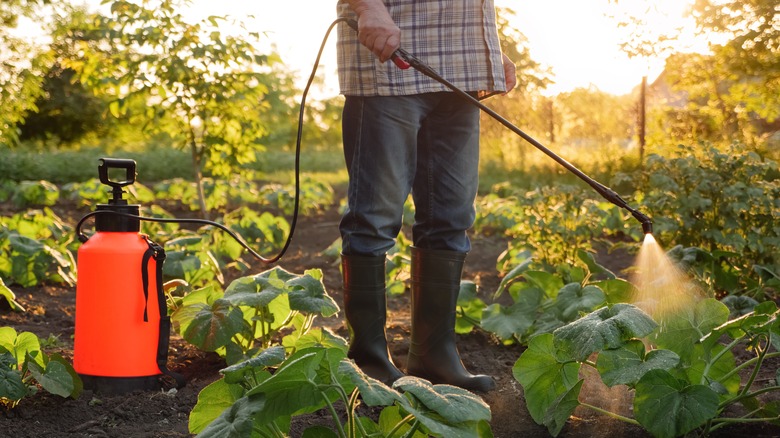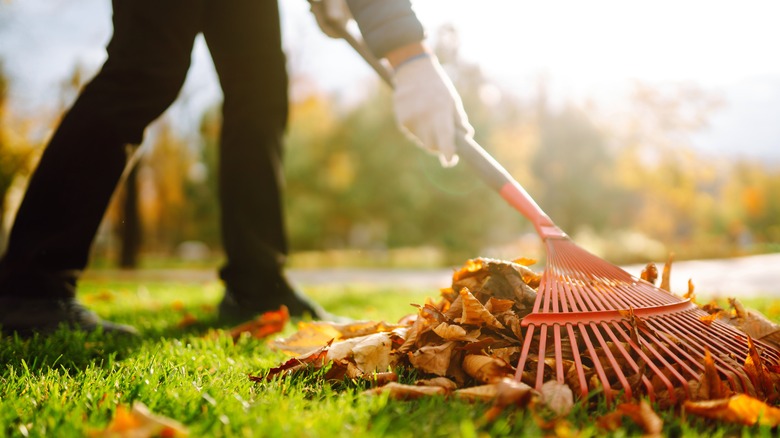The sight of leafhoppers can be a cause for concern. To effectively keep them at bay, it’s important to use a broad-spectrum insecticide. When used correctly, these products can significantly reduce leafhopper populations and protect the lushness and health of your lawn. But the first step toward tackling them is identifying them. These insects are small, wedge-shaped, and exhibit a variety of colors, often camouflaging with the plants they inhabit. These pests feed on plant sap, causing damage that manifests as the yellowing and curling of leaves and, in severe cases, killing your plants. Furthermore, leafhoppers are vectors for various plant diseases. Indeed, controlling them is not only about preserving the aesthetic appeal of your lawn but also about protecting the overall health of your garden.
Broad-spectrum insecticides can work on multiple types of insects, making them a versatile option for pest control. However, their use requires a balance between efficacy and safety. These chemicals can affect not only the targeted pests but also beneficial insects in your garden. Therefore, understanding the specifics of these products — including their active ingredients and mode of action — is crucial. For instance, some may work on contact, while others must be ingested by the pets. Knowing this helps in applying the insecticide effectively and safely.
Usinh broad-spectrum insecticides for leafhopper control

To successfully eliminate leafhoppers with broad-spectrum insecticide, correct and responsible use of the product is crucial. First, make sure you understand and follow the instructions for the specific product you’re using. Each insecticide has its own unique formulation and recommended application method. For instance, with Supreme IT, you’ll generally need to mix the concentrate with water and apply it using a sprayer. This ensures even distribution over the affected areas of your lawn. Pay special attention to the undersides of leaves and grassy patches, as these are common hideouts for leafhoppers.
Additionally, try to apply the insecticide when the weather is cooler — typically late in the evening or early in the morning. This can enhance its effectiveness by reducing the chance of rapid evaporation. When using Supreme IT or similar insecticides, it’s also important to maintain consistency in your application schedule. Regular treatment helps both manage existing leafhopper populations and deter new ones from settling in. Also, remember that insecticides are potent chemicals that should be handled with care. Keep safety in mind for both yourself and the environment — always wear protective gear and avoid overuse. Using too much insecticide can disrupt the natural ecosystem of your garden, affecting beneficial insects and soil health. Be sure to follow the manufacturer’s guidelines and use the minimum effective dose.
Proactive strategies for preventing leafhopper infestations

It’s wise to mix things up in your garden defense strategy. While insecticides are good at controlling these little jumpers, relying on them alone may not be sufficient to fully protect your greenery. According to the University of California, insecticides won’t stop the leafhoppers from spreading diseases to your plants, as these insects are quick to transmit them before the products even have a chance to work. One common virus is aster yellows, which causes the yellowing of plants. Think about planting varieties that are resistant to diseases — this way, you’re one step ahead in protecting your garden.
Let’s not forget the power of a tidy yard and garden. Leafhoppers are attracted to and breed in areas cluttered with debris, so remove fallen leaves, twigs, and other garden clutter. Regularly cleaning up your garden can significantly disrupt their habitat and is a strong deterrent for leafhopper infestations. Lastly, vigilance is key. Regular inspections of your garden allow you to spot signs of leafhopper activity early, enabling you to implement control measures promptly and efficiently. Keep a close eye on your plants and look for pale specks or yellow, curling leaves — especially during the growing season when leafhoppers are most active.